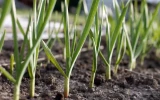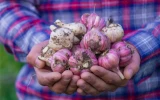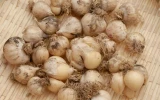Garlic Farming Equipment You'll Need (With Costs)
Garlic farming requires specific equipment to ensure efficient planting, maintenance, and harvesting. Key tools include a garlic planter, a mulch layer, and a garlic harvester. Costs can vary widely, from a few hundred dollars for basic hand tools to thousands for mechanized equipment, depending on the scale of your operation and the level of automation you seek.
Essential garlic farming equipment includes a hand tiller ($50–$200), manual planter ($100–$300), basic irrigation supplies ($100–$2,000+), hand cultivator ($20–$100), and a digging fork for harvesting ($20–$40). Drying can be managed with homemade racks or mesh shelves ($50–$100). Initial cost ranges from $2,000–$10,000.
Don't overlook the importance of a curing and cleaning system, an insider's tip for ensuring your garlic is market-ready, with costs potentially reaching up to $2,000.
Summary
- Essential tools for small-scale garlic farming include a trowel, gloves, garden and spading forks, a rake, scissors, a watering can, and a basic irrigation system, with costs ranging from $1 to over $200.
- For larger operations, equipment like planters and harvesters can cost between $2,000 and $30,000, while manual to tractor-mounted planters vary from $50 to $4,000.
- To ensure optimal soil conditions, a soil test kit, compost bin, fertilizer spreader, and mulch are recommended, with prices spanning $5 to $200.
- A consistent watering system, such as drip irrigation or soaker hoses, is vital for garlic's early growth stages, costing between $10 and $250.
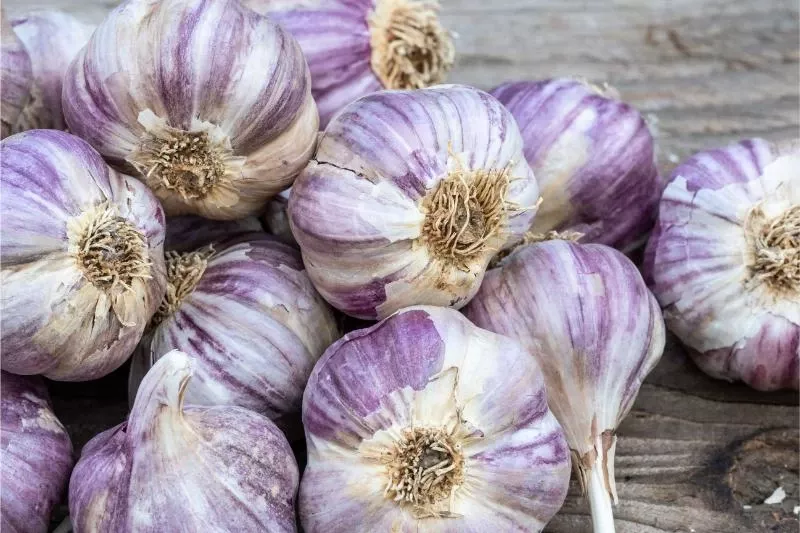
On this page:
Before planting your garlic cloves, it's essential to prepare the soil to ensure optimal growing conditions. A garden fork could be beneficial for turning the soil, which helps to create a soft bed for your bulbs. This step is important because garlic thrives in well-drained, fertile soil.
During the growth phase, maintaining your garlic plot is vital. The right tools can help manage weeds that compete for nutrients and water, as well as aid in the care of the growing garlic plants. Proper equipment will not only save you time but also maximize the potential of your garlic crop to deliver the best flavor and size.
Garlic Farming Equipment Cost Breakdown
| Equipment | Estimated Cost |
|---|---|
| Planters | $2,000 - $10,000 |
| Harvesters | $15,000 - $30,000 |
Planting equipment
For planting garlic bulbs, you might consider a manual planter if you're operating on a small scale. However, for larger operations, a tractor-mounted planter will save you time.
| Planting Equipment | Estimated Cost |
|---|---|
| Manual planter | $50 - $200 |
| Tractor-mounted planter | $800 - $4,000 |
Where is the best place to plant garlic? Find out here.
Maintenance equipment
Throughout the growing season, keeping your garlic beds weed-free is essential for optimal growth. A cultivator will help you with this task.
| Maintenance Equipment | Estimated Cost |
|---|---|
| Hand cultivator | $20 - $100 |
| Tractor-mounted cultivator | $600 - $3,000 |
Harvesting equipment
When harvest time arrives, having the right equipment can make a big difference in your efficiency and potentially your profits. A garlic harvesting machine will speed up the process.
- Garlic harvesting machine: $2,500 - $17,000
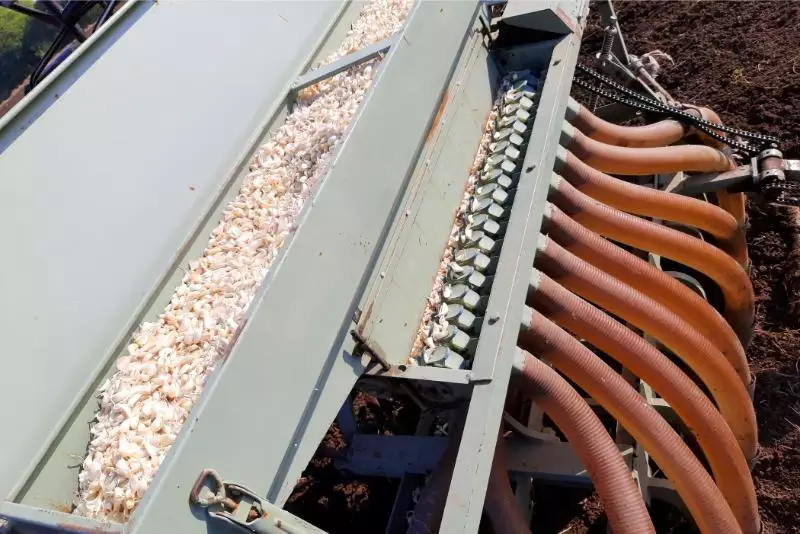
Essential Garlic Farming Equipment
When diving into small scale garlic farming, you'll need to gather some specific tools for planting, maintaining, and harvesting your crop. Your arsenal should include both hand tools and irrigation equipment to manage your garlic farm efficiently.
| Equipment | Estimated Cost |
|---|---|
| Trowel | $5 - $20 |
| Gloves | $1 - $15 |
| Garden fork | $15 - $50 |
| Spading fork | $20 - $60 |
| Rake | $10 - $40 |
| Scissors | $5 - $25 |
| Watering can | $10 - $30 |
| Basic irrigation system | $50 - $200+ |
Hand tools
- Trowel: Essential for planting garlic cloves. It allows you to create small holes quickly to drop each clove into the ground.
- Gloves: Protect your hands and keep them clean while working in the soil.
- Garden fork and spading fork: Useful for turning the soil and harvesting garlic, these help in lifting the bulbs out without damage.
- Rake: For leveling and preparing the soil before planting.
- Scissors: Handy for snipping garlic scapes or trimming roots and leaves during harvest.
Irrigation equipment
- Watering can: Gives you control over the amount of water you dispense, preventing over-watering.
- Irrigation system: For larger plots, an efficient system saves time and ensures uniform water distribution.
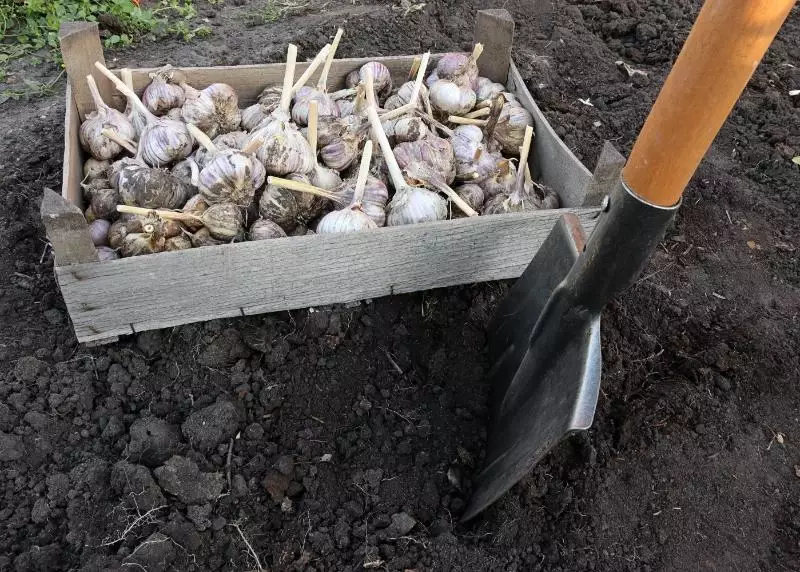
Soil Preparation Tools
| Tool | Purpose | Estimated Cost |
|---|---|---|
| Soil test kit | Assess soil pH and nutrients | $10 - $30 |
| Compost bin | Generate organic matter | $50 - $200 |
| Fertilizer spreader | Evenly distribute fertilizers | $20 - $100 |
| Mulch | Protect and nourish soil | $5 - $50 per bag |
Determining soil type
Before you start, it's essential to know your soil type. A simple soil test kit can help you determine the pH and nutrient levels.
Adding organic matter
Incorporate plenty of compost or organic matter to enrich your soil. This will foster a healthy growth environment for your garlic.
Fertilizers
Use fertilizers judiciously to provide the necessary nutrients. Granular or liquid fertilizers with a higher phosphorus content can be beneficial.
Mulching
Apply mulch to retain moisture, regulate soil temperature, and suppress weeds. Straw and leaves are excellent choices.
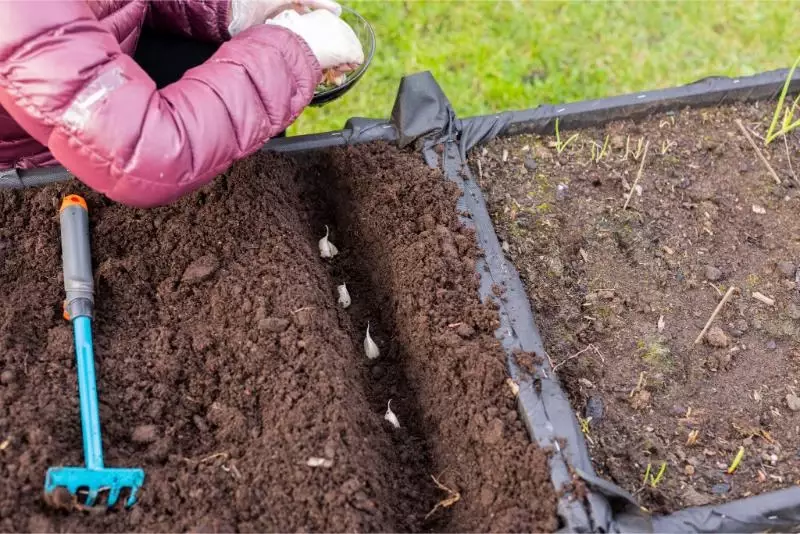
To learn more about how long does garlic take to grow, read this article.
Plant Care Equipment
When considering the tools for garlic farming, focusing on plant care is essential. Your success hinges on the effective management of watering, light, and soil nutrients.
Watering system
Your garlic plants require consistent moisture, especially during the early stages of growth. An irrigation system can help ensure your plants get the water they need without overdoing it. Drip or soaker hoses are ideal as they deliver water directly to the soil, reducing evaporation and saving water.
| Watering System | Estimated Cost |
|---|---|
| Drip irrigation system | $50 - $250 |
| Soaker hoses | $10 - $80 |
Light management
Garlic thrives best with full exposure to light. However, certain climate conditions might necessitate shading techniques to protect young sprouts or manage intense sun exposure.
| Light Management | Estimated Cost |
|---|---|
| Shade cloth (per sq. ft.) | $0.10 - $0.50 |
| Reflective mulch | $20 - $100 per roll |
Nutrients and soil health
The health of your garlic plants is rooted in the soil quality and nutrients they receive. Adding organic matter like compost enriches the soil, and a balanced fertilizer promotes strong growth.
| Nutrients and Soil Health | Estimated Cost |
|---|---|
| Compost | $20 - $35 per cubic yard |
| Organic fertilizer | $10 - $40 per bag |
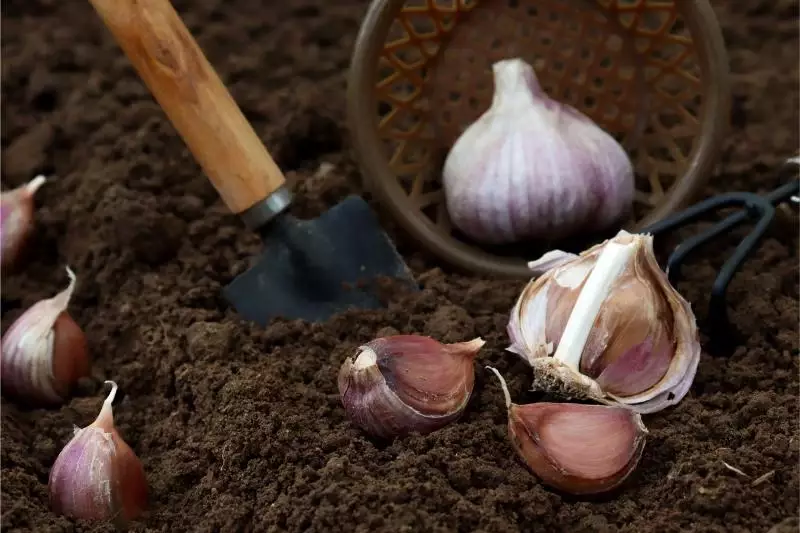
Harvesting Gear
When harvest time arrives for your garlic crop, you'll need the right gear to ensure efficient and careful handling of your plants. Harvesting involves several steps, each requiring specific tools.
First up, pruners come in handy for cutting the stems. Opt for sharp, durable pruners that can easily trim without damaging the bulbs.
| Harvesting Tool | Estimated Cost |
|---|---|
| Pruners | $10 - $50 |
A container to collect your garlic is next. Choose one that's sturdy yet easy to carry around your farm. Sizes may vary, but having multiple containers can help with larger harvests.
The post-harvest process often requires a brush to clean the garlic without bruising. Gentle, soft-bristled brushes work best.
| Cleaning Tool | Estimated Cost |
|---|---|
| Brush | $5 - $20 |
Gloves are essential to protect your hands from cuts and dirt. Look for breathable, comfortable, and durable gloves.
Lastly, don't forget about proper storage. Keep your harvested garlic in a cool, dry place to maintain quality before moving to the next step in processing or selling.
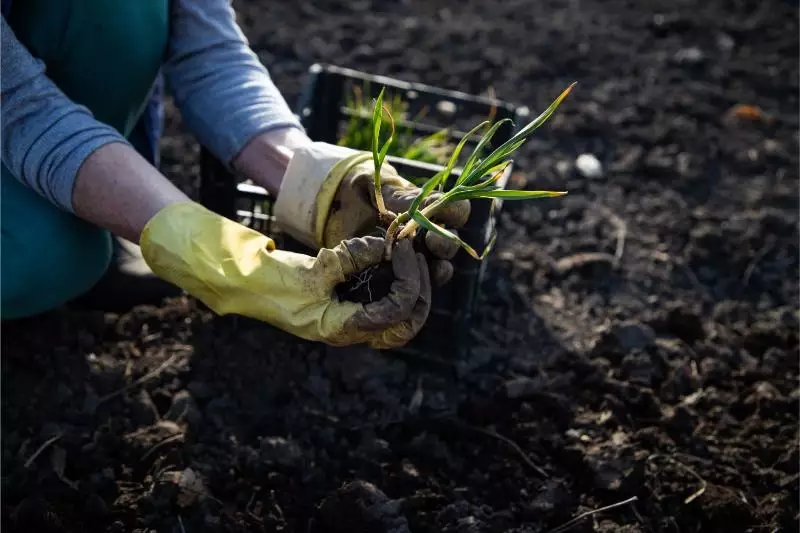
How many garlic plants can you grow per acre? Find out here.
Post-Harvest Equipment
After successfully growing and harvesting your garlic, it's vital to have the right post-harvest equipment to ensure quality and maximize profitability. Before investing in post-harvest equipment, ensure that they suit your scale of operation and fit into your workflow seamlessly.
Choose machines that are known for their durability and efficiency to maintain the freshness and quality of your garlic until it's ready for the market. Remember, proper post-harvest processing can make a significant difference in your garlic's market value. Here's a concise guide to the essential tools and machinery you'll need for post-harvest handling.
| Post-Harvest Equipment | Function | Cost Range |
|---|---|---|
| Garlic curing racks | Facilitates air circulation around bulbs during drying | $100 - $500 |
| Produce refrigerator | Maintains temperature and humidity for storage | $1,000 - $5,000 |
| Garlic peeler machine | Removes skin from cloves efficiently | $300 - $1,500 |
Curing and storage
Once harvested, garlic needs to be cured. Curing involves allowing the garlic to dry in an area with good air circulation to harden the skin and ensure longer shelf-life.
- Humidity and temperature control: To prevent spoilage, store your cured garlic in a cool, dry place. A refrigerator designed for produce can regulate both temperature and humidity, which are crucial for maintaining garlic quality.
Garlic processing
The skin and scapes must be handled gently to avoid damage. Equipment like garlic peeler machines help remove the skin without bruising the cloves.
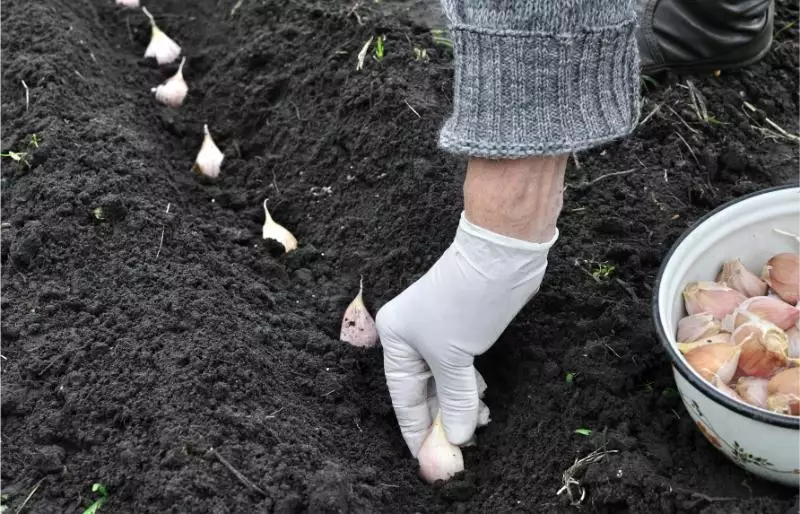
Tips for Buying Garlic Farm Equipment
When purchasing equipment for garlic farming, you want to ensure it meets high demand needs while providing durability and being cost-effective.
Your ultimate goal is to select farm equipment that enhances your garlic farming success without straining your budget. Shop smart and your investment will pay off in the long run. Here's how to buy smartly:
- Assess your needs: Start by listing your essentials based on the scale of your operation. For garlic farming, this might include planters and harvesters. Knowing what you need helps focus your resources properly.
- Compare durability: Durability is crucial for long-term savings. Research brands and models to find ones with the best track records. Acknowledge that sometimes a higher upfront cost can mean fewer repairs down the line.
- Opt for cost-effectiveness: Look for equipment that offers multiple functions. For instance, machines that can handle planting, mulching, and harvesting could reduce the total number of tools you need to invest in.
- New vs. used: Consider the pros and cons of buying new or used equipment. While new machinery comes with warranties, used equipment may offer major cost savings, especially when it's still in good condition.
